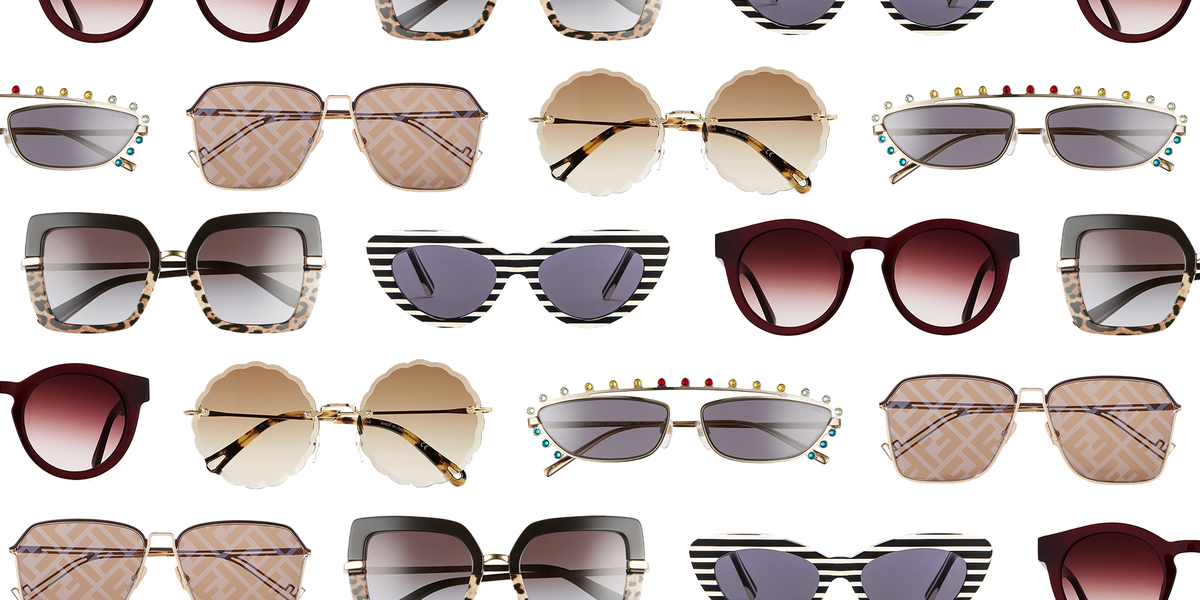Have you ever wondered just what sunglasses do for your eyes, and how? It’s a little more complex than just dropping a dark filter over your vision.
Different Tints Do Different Things
Did you know that the color of your sunglasses’ lenses affects what they do for your eyes? This goes beyond just putting a color filter on your field of vision; different colors actually serve different purposes:
- Yellow and amber lenses are ideal for outdoor sports, particularly snow sports, as they filter out blue light, which may be harmful to your vision, and they reduce glare off the snow while improving contrast and depth perception.
- Rose and purple lenses increase contrast of objects against a blue or green background, which makes them great for hunting or water skiing.
- If you don’t want the colors you see to be altered by your lenses, you’ll probably prefer sunglasses with gray, black, or green lenses. Green lenses have the added benefit of filtering out blue light.
Glare Elimination With Polarized Lenses
Polarized lenses are particularly effective at getting rid of glare. Think of them as windows that have microscopic slats. Light can only enter from certain directions, so light bouncing off shiny or bright objects around you can’t get past the lenses!
A quick way to tell whether lenses are polarized or not is to hold them up to a light source and slowly rotate them to see if the light coming through changes. If it does, they’re polarized and will protect your eyes from glare!
Cheap Sunglasses Are Dangerous
A cheap pair of sunglasses might look cool and save you from having to squint your way through a sunny day, but you could actually be putting your eyes in more danger by wearing them than you would if you simply went without. You might think that as long as the sunglasses are dark enough, you’ll be fine from eye-damaging UV radiation. Not so!
What makes these sunglasses worse than no sunglasses at all is that the dark tint tricks your eyes into dropping their guard. You won’t squint and your pupils will dilate, letting in all those harmful rays that squinting and contracted pupils offer some protection against.
That’s where high-quality and prescription sunglasses come in. UV protection is one way you get what you pay for. Prescription sunglasses have it, and you can check the labels of non-prescription pairs to make sure they do. Only buy sunglasses that offer 99 to 100 percent UV protection or up to 400nm UV protection!
Any Questions?
Is there anything else you’d like to know about sunglasses, the protection they offer, and how to choose the right pair for you? Don’t hesitate to ask us!

